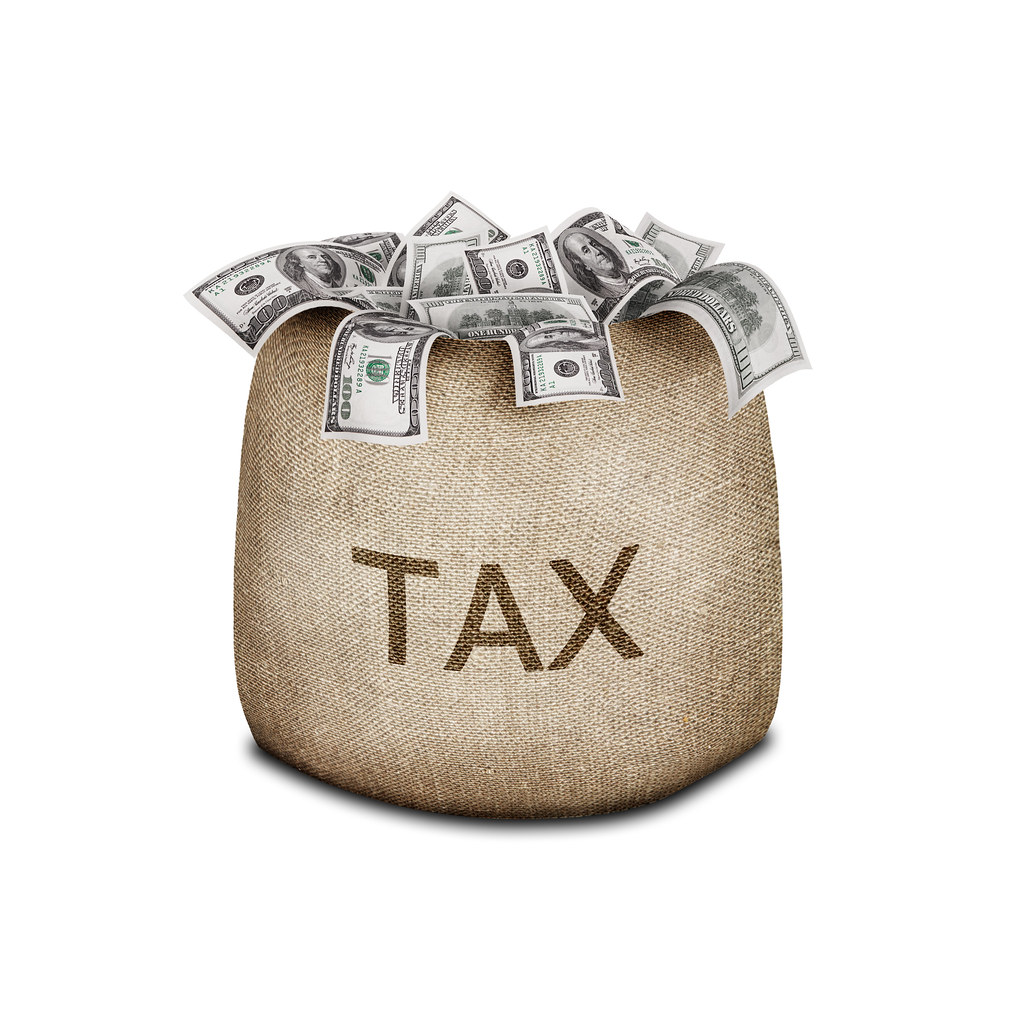Not only are taxes inevitable – it can be hard to understand how they get calculated, assessed, and collected.
The finger pointing concerning taxes in Montana is in full swing – counties blaming cities, the state blaming counties and cities, cities blaming the state, state legislators blaming county and city commissioners, county and city commissioners blaming state legislators, Democrats blaming Republicans and vice-a-versa, cats blaming dogs, etc.
Angry citizens blaming all of the above.
Here are a few basic facts to help sort through it all and answer some questions I’ve been hearing lately from Great Falls taxpayers:
- All property valuations in Great Falls are assessed by the State Department of Revenue, not the City of Great Falls.
- All of the various classes of property tax rates are determined by the State Legislature, not the Great Falls City Commission, City Manager, or Finance Director. Those current basic multiplier rates are 1.89% for commercial property and 1.35% for residential. Multiply your assessed value times the class rate to determine your taxable value.
- The overall valuation of taxable property in a given jurisdiction, i.e., school district, county, municipality, is determined by the State Department of Revenue. This year the state DOR assessed an historic increase in newly taxable property within the Great Falls city limits.
- The local option tax on recreational adult use marijuana sales countywide is calculated at 45% of the 3% tax collected by the County, not the 20% state rate as some have mistakenly suggested. The local 3% ‘weed tax’ will be distributed by formula to the incorporated towns within Cascade County and is estimated be about $240,000 per year for Great Falls. Not chump change, but only a small fraction of the cost of our public safety needs.
- Local property tax dollars go into the City of Great Falls general fund, out of which our local police, fire, and courts are paid for. Other City services are funded through fees for services etc.


